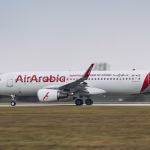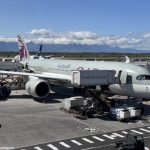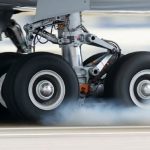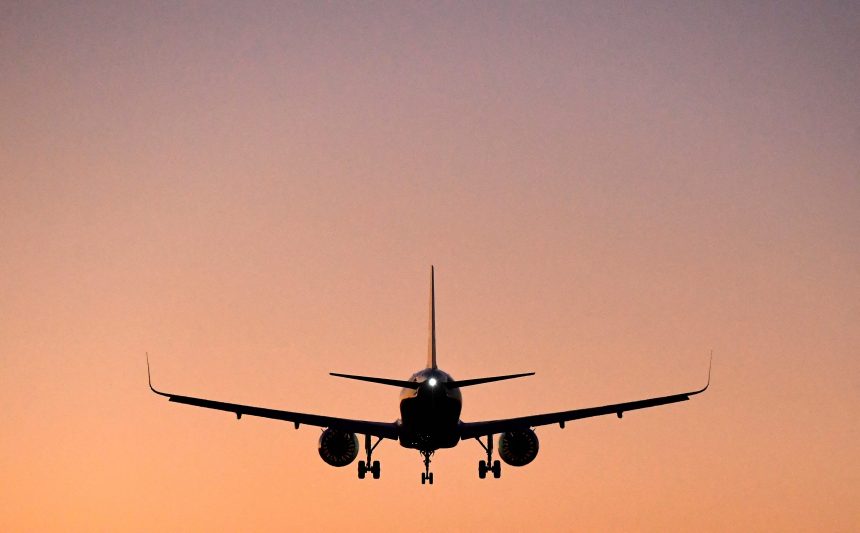- Keeping aviation businesses in sync with emerging regulations and policies.
- Understanding how the EUDR impacts specific aircraft parts.
Staying Updated on New Regulations and Policies
“How can a small business keep up with all the new regulations?” a friend lamented to Jason Dickstein. Indeed, the aviation sphere is inundated with complex and ever-changing rules spanning areas like taxation, labor, imports, and exports. However, there are ways to stay informed and navigate this regulatory maze effectively.
Trade press plays a pivotal role in disseminating industry knowledge. Publications like MRO Management ensure that valuable insights reach industry players. Similarly, aviation-focused meetings and educational events offer significant opportunities to learn and share best practices. Recent topics explored include Safety Management Systems (SMS) and Incoterms – foundational concepts for aviation professionals.
Trade associations such as ASA and MARPA are invaluable for their educational initiatives. Their blogs provide timely updates on regulations, and their annual conferences focus heavily on aviation compliance and regulatory changes. Additionally, periodic webinars organized by these associations address the community’s most pressing concerns.
For aviation companies, investing in partnerships with such organizations ensures they stay ahead of crucial regulatory transformations.
The EU Deforestation Regulation (EUDR) and Aircraft Parts
Enacted on May 31, 2023, the EU Deforestation Regulation (EUDR) aims to combat global deforestation by regulating goods linked to such environmental damage. While primarily targeting commodities like cattle, coffee, and rubber, certain aircraft parts fall under its ambit due to the materials used in their production.
Products subject to EUDR compliance are identified through Combined Nomenclature (CN) codes, similar to the HTSUS codes in the U.S. MROs and parts exporters must evaluate whether their goods align with EUDR-regulated categories.

For instance, exporters of rubber O-rings to the EU must analyze their product codes. A specific example is O-rings made from ethylene propylene diene monomer (EPDM) rubber under CN code 4016.93.00. Such items are likely covered by the EUDR and require compliance procedures.
To conform, exporters must furnish a ‘due diligence statement’ in accordance with Annex II of the EUDR, ensuring that products are sourced from deforestation-free regions.
Compliance Obligations for Aviation SMEs Exporting to the EU
Small- and medium-sized enterprises (SMEs) within the aviation sector are considered ‘traders’ under the EUDR and must meet specific criteria based on financial thresholds:
- Balance sheet total below €20 million
- Net turnover below €40 million
- Employee count below 250
SME traders are required to:
- Obtain or create a due diligence statement for regulated goods.
- Maintain detailed records, including supplier and customer data, for transparency in compliance reviews.
Non-SMEs face stricter obligations, emphasizing the importance of accurately classifying your business size under the regulation.
A Final Word on EUDR Compliance and Aircraft Parts
While the vast majority of aircraft parts may not fall under the EUDR, exporters and MRO professionals must remain vigilant. Staying informed about CN codes and maintaining accurate documentation can help ensure compliance with this far-reaching EU regulation.
As Jason Dickstein astutely advises, leveraging trade associations, industry events, and regulatory guidance resources offers an effective way to navigate evolving aviation compliance landscapes. By embracing proactive strategies, aviation businesses can minimize disruptions and maintain their standing in the EU market.





